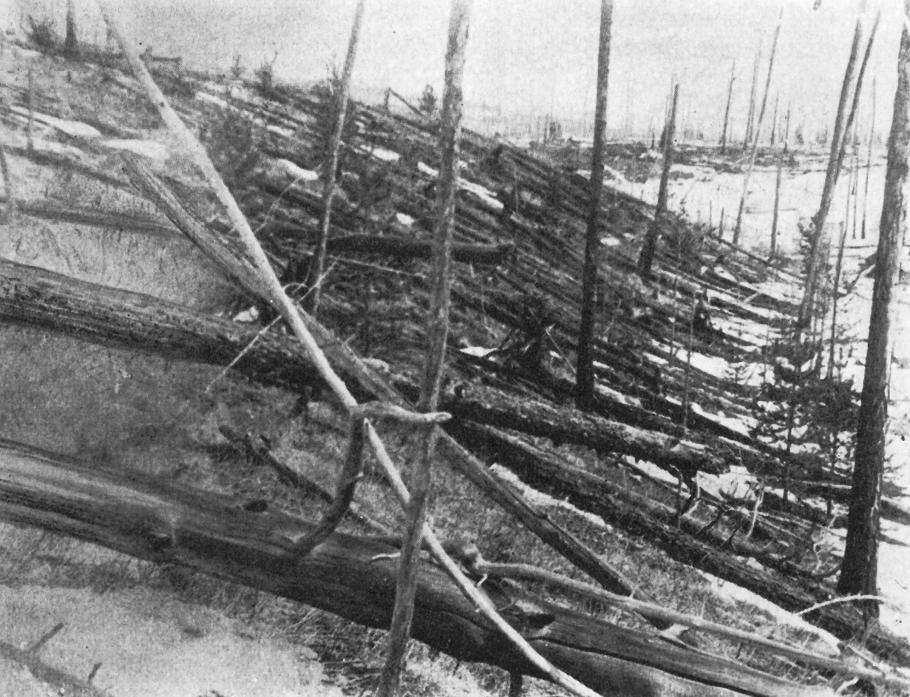A particularly bright fireball was observed earlier today over a wide area in Russia. Of even greater significance was the very strong sonic boom associated with the passage of the meteor through Earth’s atmosphere.
News out of Russia is reporting that ‘hundreds’ of casualties resulted from people being hit by falling glass, caused by the breaking of windows by the pressure wave associated with the sonic boom. Meteors are quite common around the Earth, but one of this magnitude is fortunately a rare event. The light of the meteor trail that we see in the sky is caused by friction between the incoming fragments and Earth’s atmosphere, which rapidly heats the surface of the fragments to the point that they give off visible light. The intensity of the light is a complex interplay between the speed of the object and the increasing density of the atmosphere as it moves lower into the atmosphere. The sonic boom is a clear indication that the fragments are moving much faster than the speed of sound, and just like jets that exceed the speed of sound, it is the inability of the air molecules to move fast enough to get out of the way of the fast object that generates the shock wave that we hear as a sonic boom. If the shock wave is intense enough, it can break panes of glass, which appears to have been the case today over a large area in Russia. On June 30, 1908, a rock estimated to about 100 meters (328 feet) in diameter exploded (because of the rapid build-up of pressure as the object got lower into the atmosphere) above the Tunguska region of Siberia, which flattened trees over 2000 square kilometers (800 square miles) and produced a shock wave that knocked people to the ground at a distance of tens of kilometers (tens of miles) from the detonation point.
Today’s incoming rock likely was quite a bit smaller than the Tunguska rock, although it will take time for Russian scientists to assess what damage has taken place. NASA scientists are confident that the close passage of an asteroid to Earth later today and the trajectory (the flight path) of the Russia meteor were very different, so the two events are not connected, even though they will occur within hours of each other. Both the Russia meteor and the close flyby of an asteroid are reminders that space is not completely empty; whenever Earth happens to cross the path of some solid material in space, whether the size of a sand grain or a large building, the fast-moving objects are going to interact strongly with our atmosphere.
